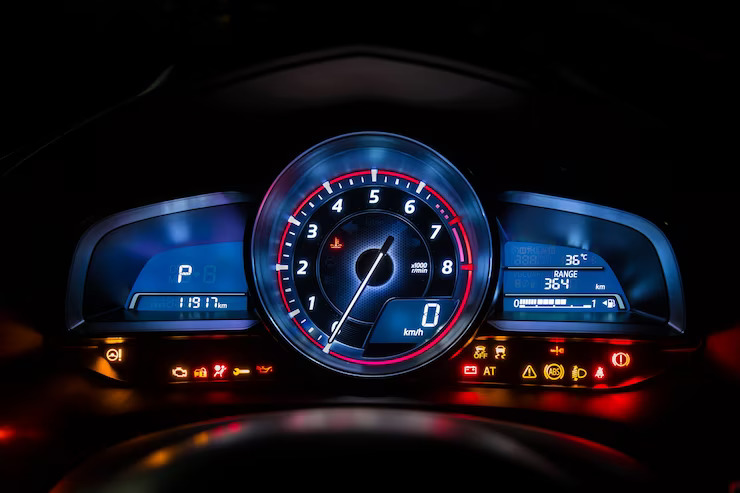The stability control system, also known as electronic stability control (ESC) or electronic stability program (ESP), is a crucial safety feature in modern vehicles. It helps drivers maintain control and stability during emergency maneuvers or on slippery road surfaces. When the stability control system encounters an issue, warning lights may illuminate on the dashboard, indicating a potential problem. In this article, we will explore the causes behind stability control system warning lights and provide possible fixes to address these issues.
Common Stability Control System Warning Lights:
- ESC Indicator Light: This light, typically labeled “ESC” or “ESP,” illuminates when there is a problem with the stability control system. It may stay on continuously or blink intermittently to signal an issue.
- Traction Control Warning Light: The traction control warning light, often represented by a vehicle with wavy lines, may also indicate a problem with the stability control system. Traction control works in conjunction with stability control to prevent wheel slip and maintain traction on slippery surfaces.
Causes and Fixes:
- Wheel Speed Sensor Issues: Wheel speed sensors are essential components of the stability control system as they monitor the rotational speed of each wheel. If one or more wheel speed sensors malfunction or fail, it can trigger the stability control system warning lights. Common causes include damaged or dirty sensors, loose connections, or faulty wiring. Inspecting and cleaning the wheel speed sensors or replacing them if necessary can often resolve the issue.
- Faulty ABS System: The anti-lock braking system (ABS) is closely related to the stability control system. If the ABS encounters a problem, it can affect the stability control system and trigger the warning lights. Causes of ABS issues may include malfunctioning sensors, damaged or worn-out components, or hydraulic system faults. Diagnosing and repairing the ABS system can help resolve stability control warning light problems as well.
- Steering Angle Sensor Malfunction: The steering angle sensor measures the position and movement of the steering wheel. It provides critical information to the stability control system, enabling it to adjust the vehicle’s behavior during turns and maneuvers. A faulty or misaligned steering angle sensor can cause stability control warning lights to illuminate. Recalibrating or replacing the sensor may be necessary to address the issue.
- Brake System Problems: Since the stability control system works in conjunction with the brakes, any malfunction or fault in the brake system can trigger warning lights for the stability control system. Issues such as worn brake pads, low brake fluid levels, or a malfunctioning brake pressure sensor can disrupt the stability control system’s operation. Inspecting and repairing the brake system can help resolve stability control warning light issues.
- Other Electrical or System Failures: In some cases, stability control system warning lights may be triggered by general electrical or system failures. These can include issues with the vehicle’s computer systems, wiring problems, or other related components. Diagnosing and addressing these broader issues may require professional assistance from a qualified mechanic or dealership.
It’s important to note that stability control system warning lights can indicate different problems depending on the vehicle make and model. Always consult your vehicle’s owner’s manual for specific guidance and troubleshooting steps tailored to your vehicle.
Stability control system warning lights should never be ignored, as they indicate potential issues with a vital safety feature in your vehicle. Understanding the common causes behind these warning lights and the possible fixes can help you address the problem promptly. While some issues can be resolved through simple cleaning or component replacement, others may require professional diagnostics and repairs. By taking the necessary steps to resolve stability control system warning light issues, you can ensure the optimal performance and safety of your vehicle on the road.











